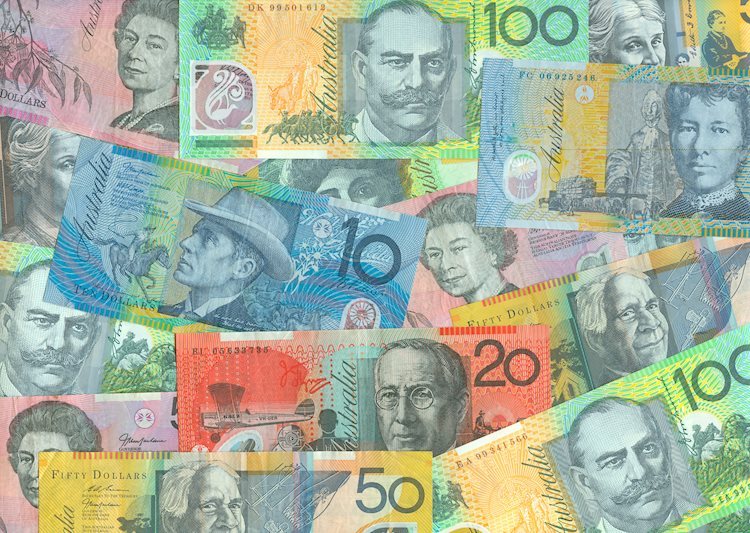
- AUD/USD reversed its multi-session positive streak on Monday.
- The 0.6600 region continues to cap the upside bias.
- Iron ore prices retreated to four-month lows on Chinese jitters.
The upward momentum of the Australian dollar halted on Monday after eight consecutive sessions of gains vs. the US Dollar (USD).
In fact, AUD/USD reversed its upward trend despite the continuation of the sell-off in the Greenback and exclusively in response to the marked drop in prices of the tonne of iron ore, which reached multi-month lows near $126.00 on the back of rising inventories and further uncertainty around the Chinese housing market.
Price action in spot also followed the lacklustre performance of the US Dollar, as investors continued to assess the likelihood of the start of monetary easing by the Federal Reserve (Fed) around June or later. This evaluation gained momentum following the latest robust US inflation data, along with persistently hawkish comments from certain Fed officials.
Despite the recent recovery of the pair, investors are expected to closely monitor developments in China, fluctuations in commodity prices (especially copper and iron ore), and movements in the Greenback.
While additional stimulus measures in China could temporarily support a rebound, news indicating a more sustainable recovery in the country is crucial for providing stronger backing to the Australian dollar and potentially triggering a more significant upward movement in AUD/USD. A rebound in the Chinese economy is also anticipated to coincide with an increase in commodity prices, further supporting the AUD. Moreover, the cautious stance of the Reserve Bank of Australia (RBA) is likely to prevent substantial downward pressure on the Australian dollar.
AUD/USD daily chart
AUD/USD short-term technical outlook
After clearing the weekly top of 0.6595 (February 22), AUD/USD might retest the temporary 55-day SMA at 0.6627, which coincides with the late-January peaks (January 30). A break above this range may propel the pair to the December 2023 high of 0.6871 (December 28), followed by the July 2023 top of 0.6894 (July 14), and the June 2023 peak of 0.6899 (June 16), all before the crucial 0.7000 level.
On the other hand, bearish attempts may trigger AUD/USD to initially approach its 2024 low of 0.6452 (February 13). Breaking below this level may lead to a return to the 2023 low of 0.6270 (October 26), followed by the round level of 0.6200 and the 2022 low of 0.6169 (October 13).
It is worth mentioning that for AUD/USD to see more short-term gains, it must first leave behind the crucial 200-day SMA, which is now at 0.6561, in a sustainable fashion.
The 4-hour chart implies the continuation of the consolidative mood. That said, the initial resistance level is 0.6595, which is followed by 0.6610. Surpassing this zone indicates a likely progression to 0.6728. Meanwhile, a breakdown of 0.6442 may cause a decline to 0.6347 and then 0.6338. The MACD stayed bullish, while the RSI fell to the sub-47 zone.
